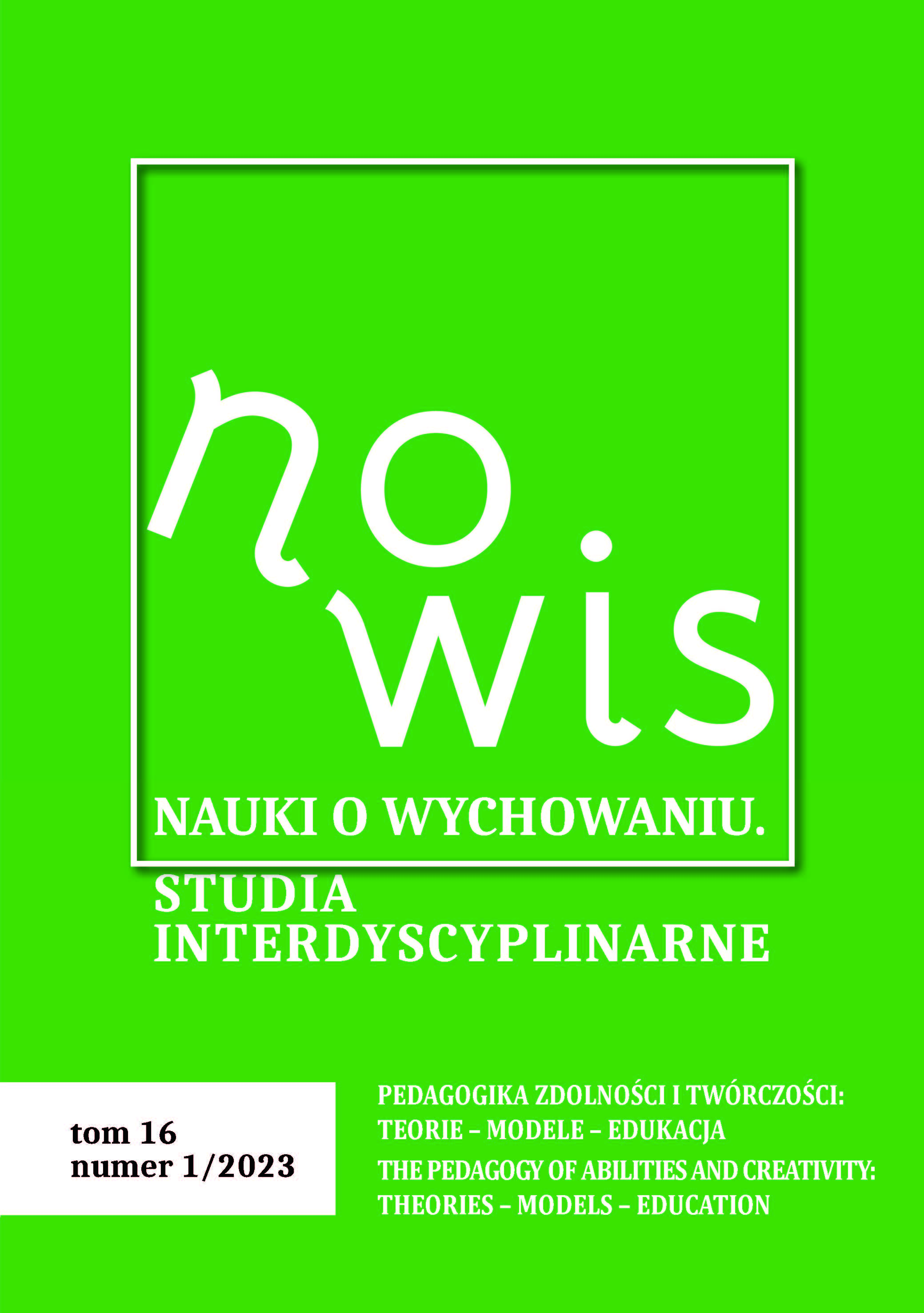“Gifted, But What’s Next?” A Proprietary Program of Recognizing Students’ Personal Resources and Ways of Using Them to Choose Their Further Educational and Life Path
“Gifted, But What’s Next?” A Proprietary Program of Recognizing Students’ Personal Resources and Ways of Using Them to Choose Their Further Educational and Life Path
Author(s): Janina Uszyńska-Jarmoc, Beata KunatSubject(s): Social Sciences, Education, Psychology
Published by: Wydawnictwo Uniwersytetu Łódzkiego
Keywords: positive psychology; personal resources; giftedness; strengths; student; diagnosing; proprietary program
Summary/Abstract: The paper presents a proprietary program of recognizing students’ personal resources and ways of using them at the end of their elementary education and during further secondary school education. It refers to the researcher’s own theoretical and scholarly experiences associated with the construction of tools that assist in recognizing students’ abilities and giftedness, as well as possible external and intrinsic factors determining their development (Uszyńska-Jarmoc, Kunat, Tarasiuk 2014; Uszyńska-Jarmoc, Kunat, Mantur 2015; Uszyńska-Jarmoc, Kunat 2018). The paper also emphasizes that during the process of diagnosing, the relation between assumed theories and pedagogical practice is respected. Based on applied theoretical assumptions that stem from positive psychology, the author draws on practical experience gained during the course of a four year-long project titled “Akademia Talentów Białostockiej Szkoły Realnej” [Talent Academy of the Real School in Bialystok]. The proprietary program of recognizing students’ personal resources, elaborated during this project, has been verified based on cooperation with a group of over 200 students, aged 13–16, as well as their parents. The program was implemented by the author of this paper together with the students and their parents, however, it can also be used in educational practice by other educators, school psychologists, or career advisors.
Journal: Nauki o Wychowaniu. Studia Interdyscyplinarne
- Issue Year: 16/2023
- Issue No: 1
- Page Range: 258-274
- Page Count: 17
- Language: English

